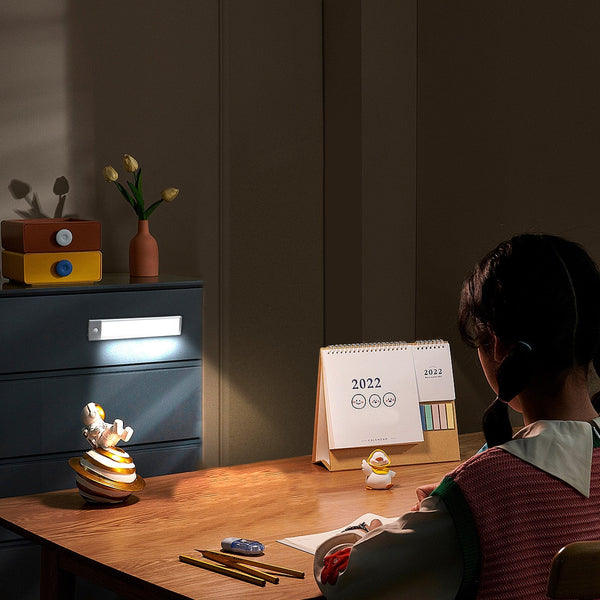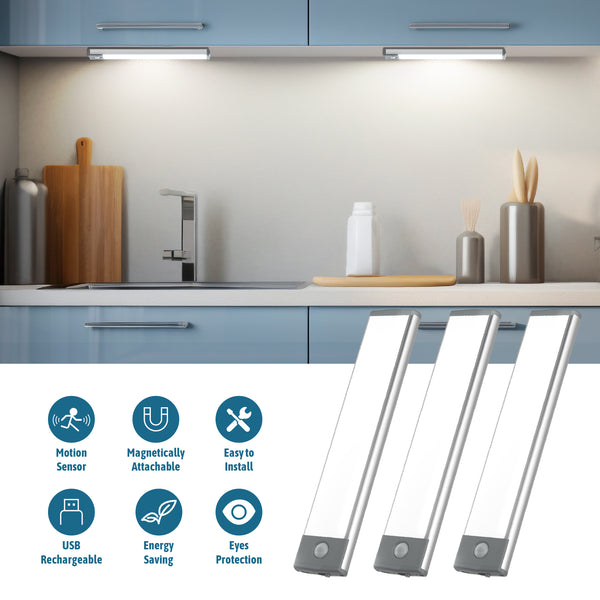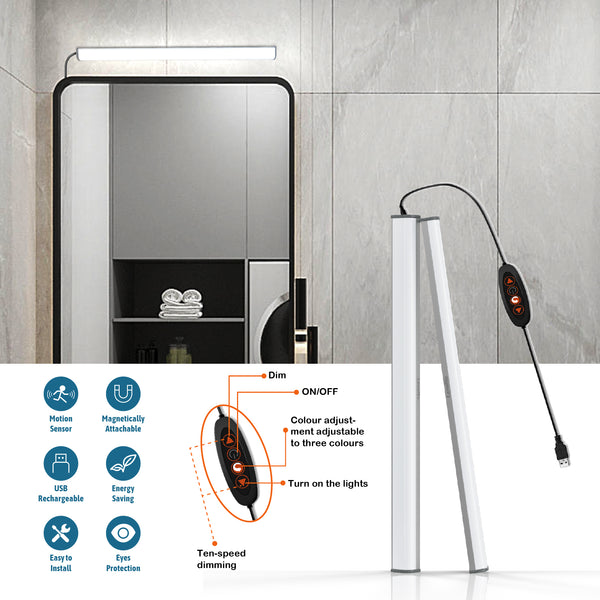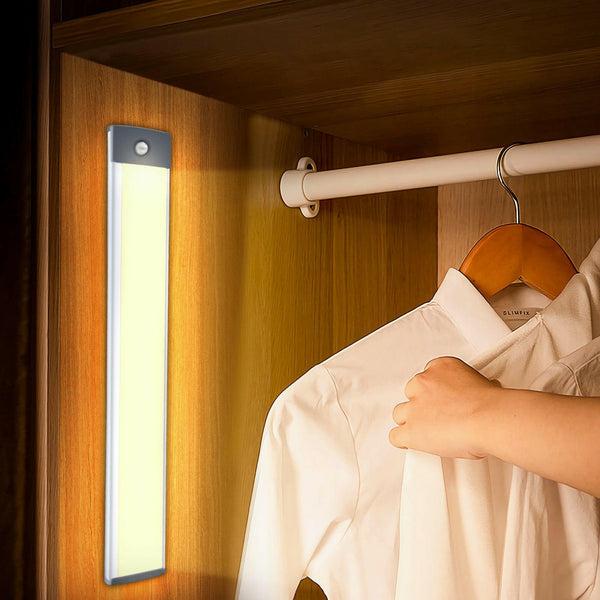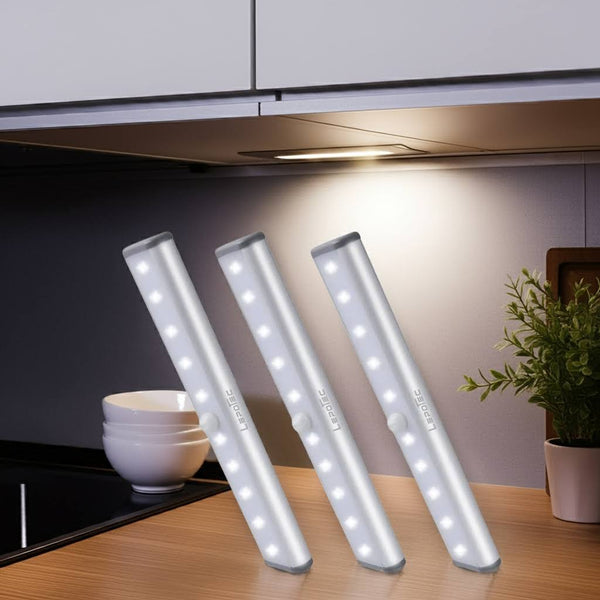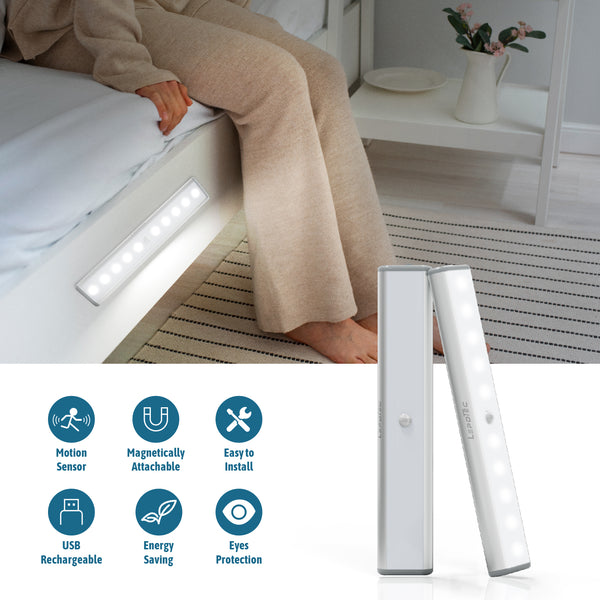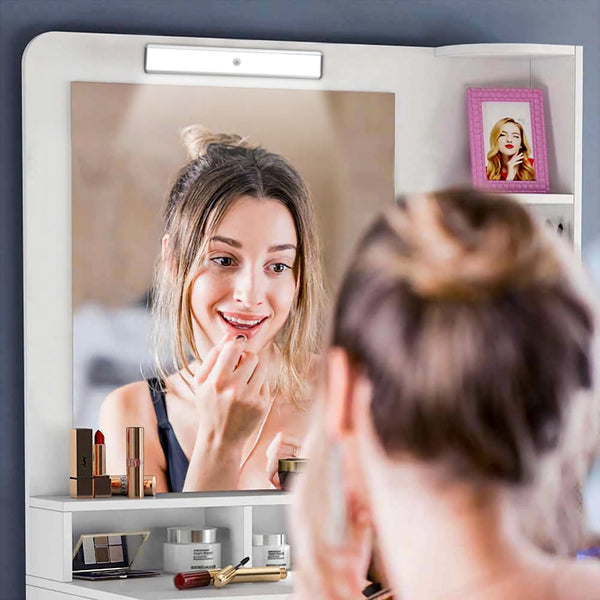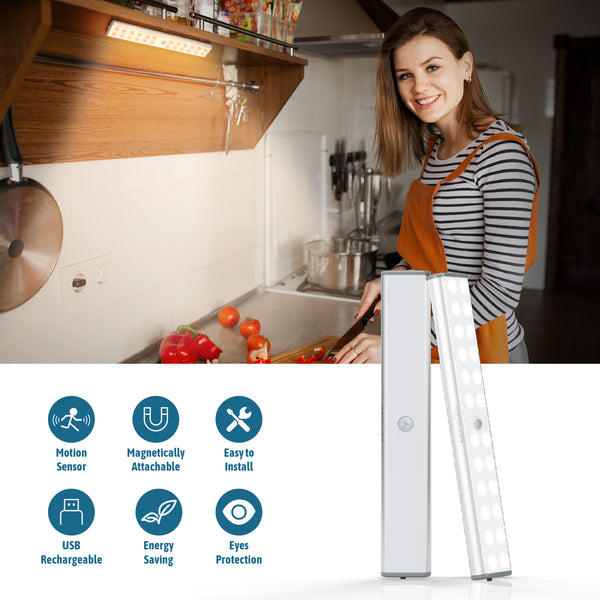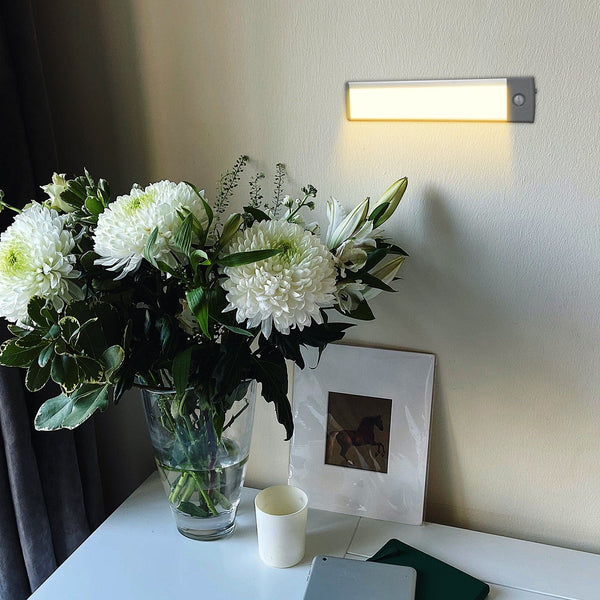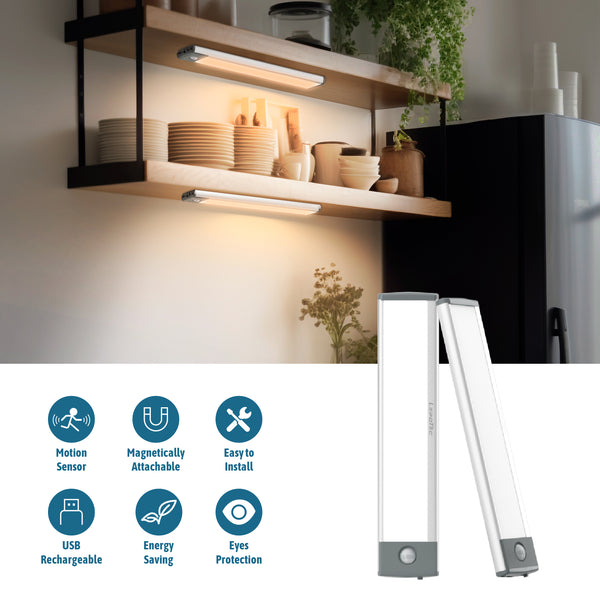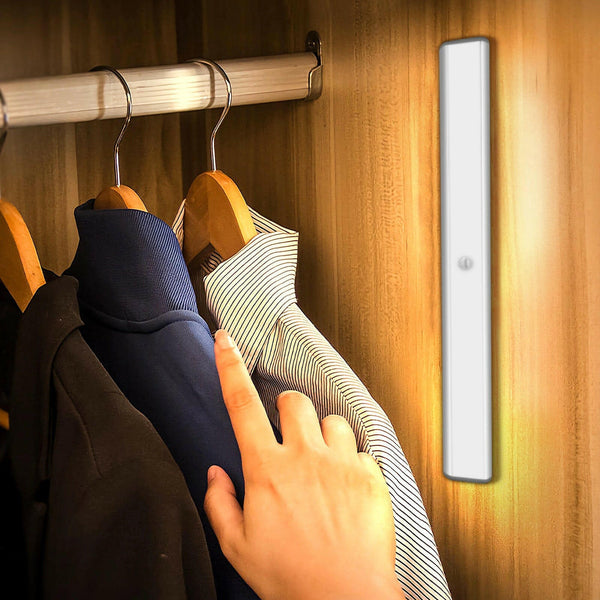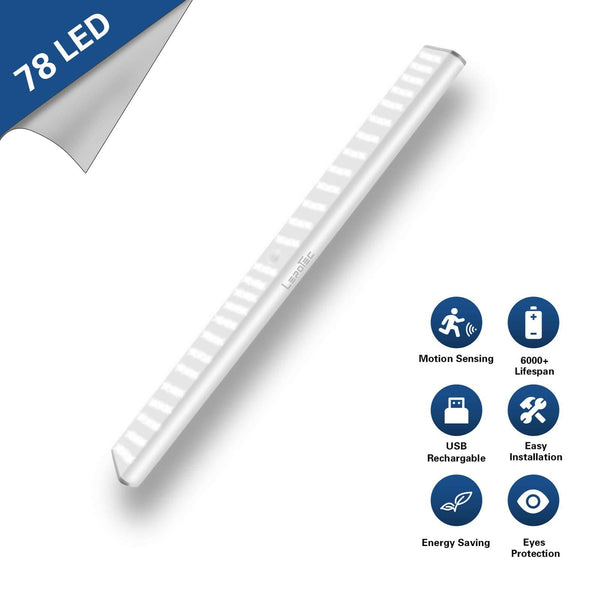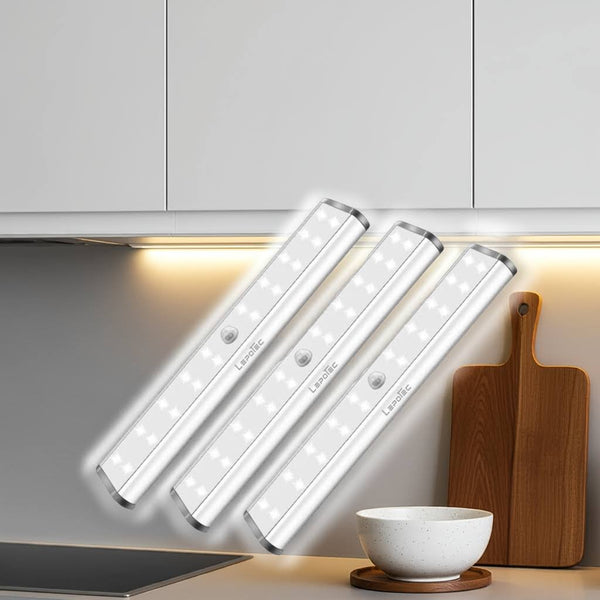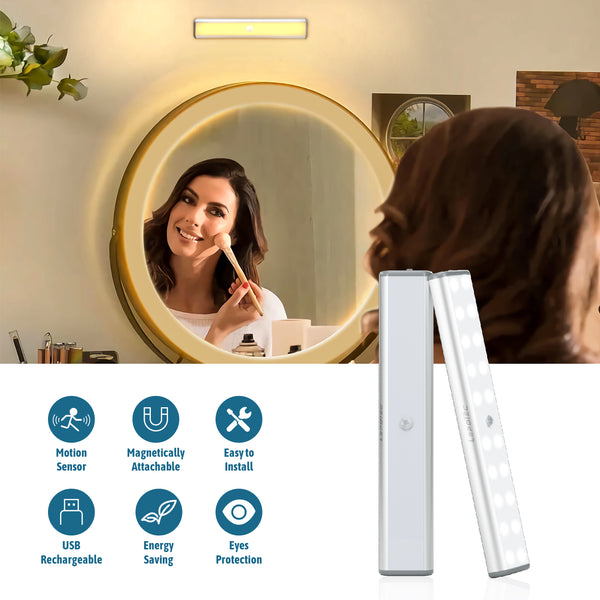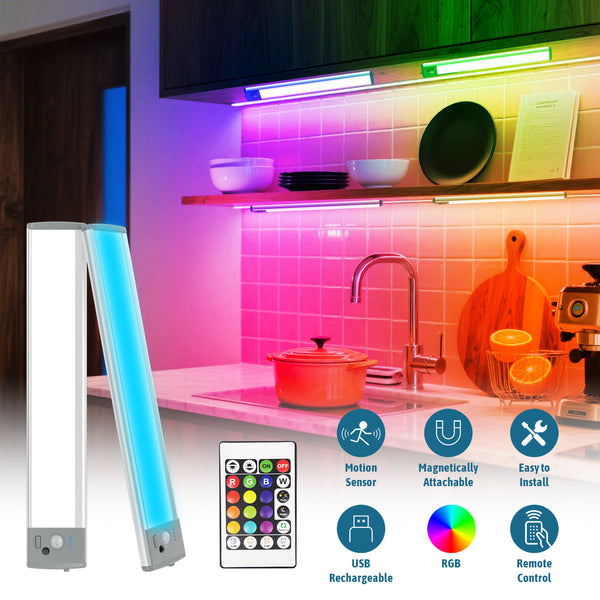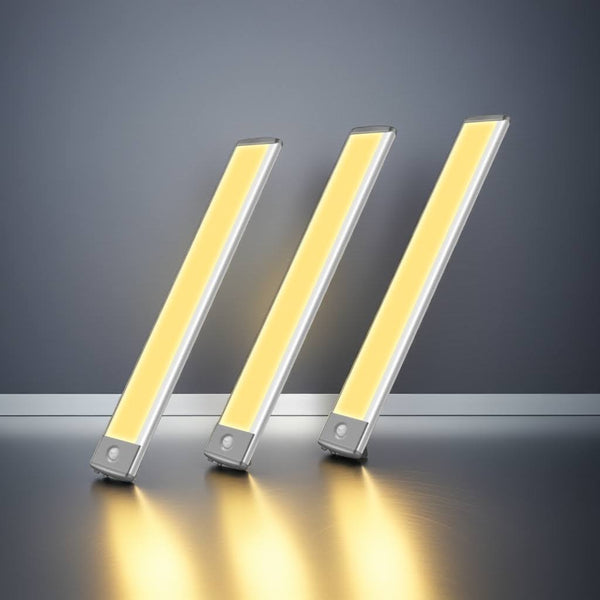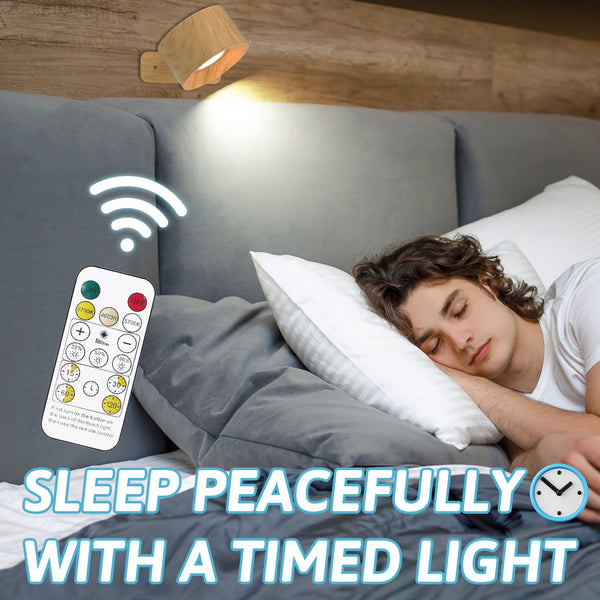Identifying the Hazards: The Hidden Dangers of Poor Lighting
According to the National Safety Council, up to 65% of all accidental deaths in the US involve lack of visibility as a contributing factor. For children and seniors in particular, reduced lighting hinders movement and situation awareness, putting them in harm's way.

Motion sensor lights eliminate these hazards by automatically turning on when movement is detected within their detection range, which can extend up to 30 feet for some models.
This provides full visibility that allows kids and older adults to navigate home spaces safely at any time of day or night. Rather than fumbling for a light switch in the dark or using a flashlight that limits hands-free movement, motion sensor lights turn on instantly to light the way.
Designing With Safety in Mind: Where to Install Motion Sensor Lights
Some strategic installation points to consider include:
●Hallways and pathways illuminate travel routes for navigation at night.
●Garages prevent accidents from vehicles or stored objects that are harder to see in the dark.
●Back and side entrances as well as outdoor living areas like decks and patios should have motion lights for an extra layer of home security when entering after sunset.
●Children's bedrooms provide reassurance by lighting up if they need to move about at night, without disturbing sleep with an overhead lamp.
●Bathrooms prevent slips on wet surfaces that may go unnoticed without sufficient light.
Including motion sensor lights throughout focal travel zones and spaces prone to reduced visibility ushers in an added measure of comfort and protection for households with aging individuals or young kids.
The Impact on Children: Fostering Independence and Security at Night
This autonomous activation means kids don't have to call for assistance or fumble for switches, freeing them to independently attend to nighttime needs. And because the lighting is in the location they're moving through rather than a faraway overhead lamp, it further grants a sense of control.
For caregivers, motion sensor lighting implants comfort knowing youngsters can comfortably and independently manage themselves at night without supervision, while still being safely illuminated the whole way. It promotes independence balanced with security by lighting up only when movement occurs, versus an overhead light that could disrupt sleep. Overall, motion lights provide young ones with easy navigation and peace of mind during nighttime self-care.
Elder Care: Preventing Falls and Accidents After Dark
●Illuminating passageways and stairwells to households so seniors don't have to venture in the dark even to use the restroom or access necessities.
●Activating when aging individuals get up in the middle of the night, lighting their steps to prevent missteps on the way to the bathroom or other areas.
●Providing confidence to be independently active at home after sunset, rather than feeling restricted once lighting is out.
●Allowing safe movement around outdoor areas like gardens, decks and walkways that are challenging to navigate without sufficient light.
●Giving respite to caretakers by eliminating the need to manually operate lights each time an elderly person's movement requires illumination.
Overall, motion sensor lighting empowers independent living at night by automatically banishing darkness from pathways, preventing falls and supporting safe mobility throughout the home for aging residents.

Cost Efficiency and Energy Savings: An Economic Perspective
For example, replacing a 100-watt incandescent porch light with an 18-watt motion sensor LED model saves over 80 watts per hour of operation. Assuming it activates for just 10 hours a night over 30 nights monthly, that amounts to a monthly savings of $2.40 with typical electricity rates. Multiplied over the 50,000-hour lifespan of LED bulbs, total savings exceed $1100 versus incandescents!
Coupled with their longevity that avoids frequent bulb replacements, the simple payback period for a motion sensor light investment is usually under two years—and that's before factoring in the invaluable safety returns. They remain cost-competitive to operate long-term as a highly effective safeguard for children and older loved ones.



